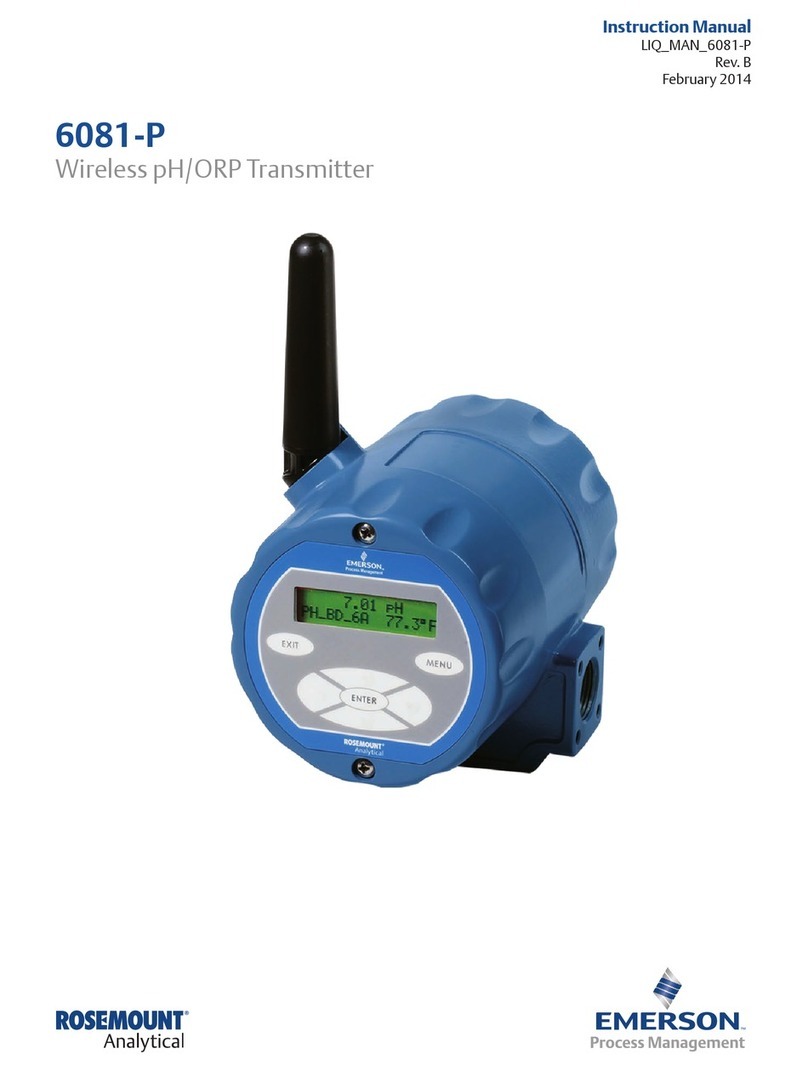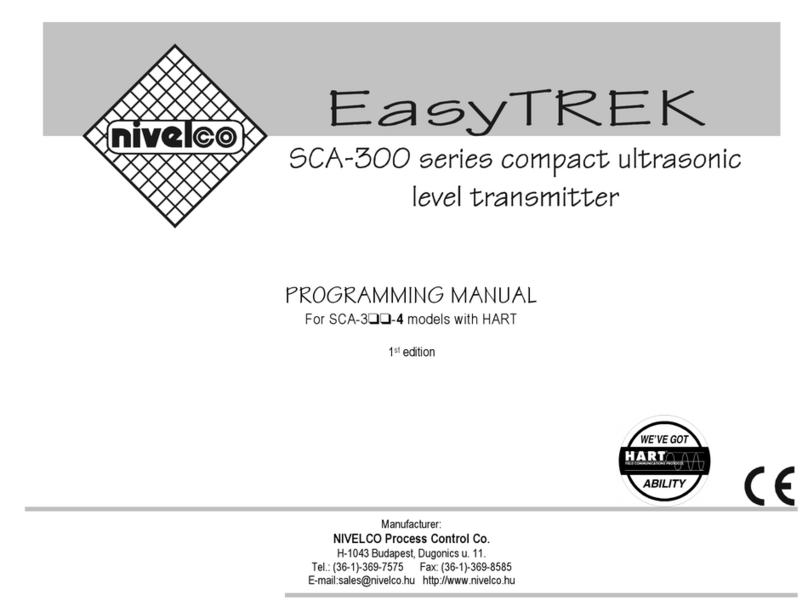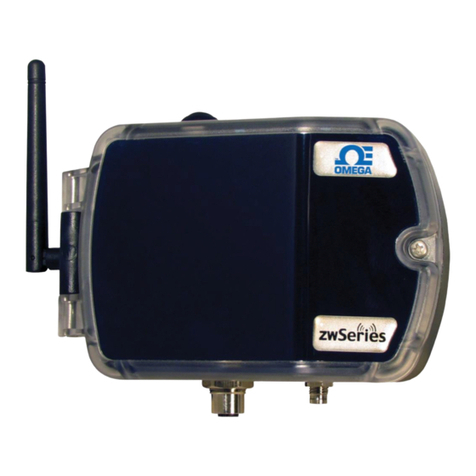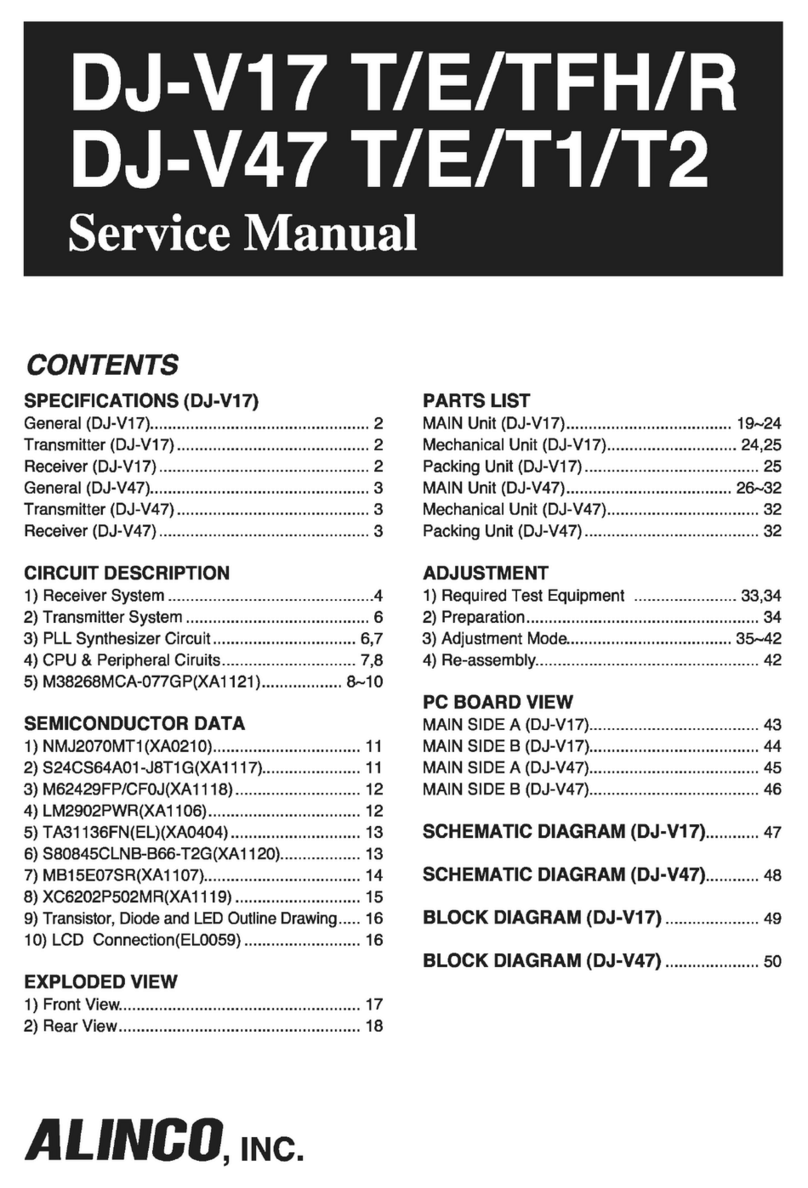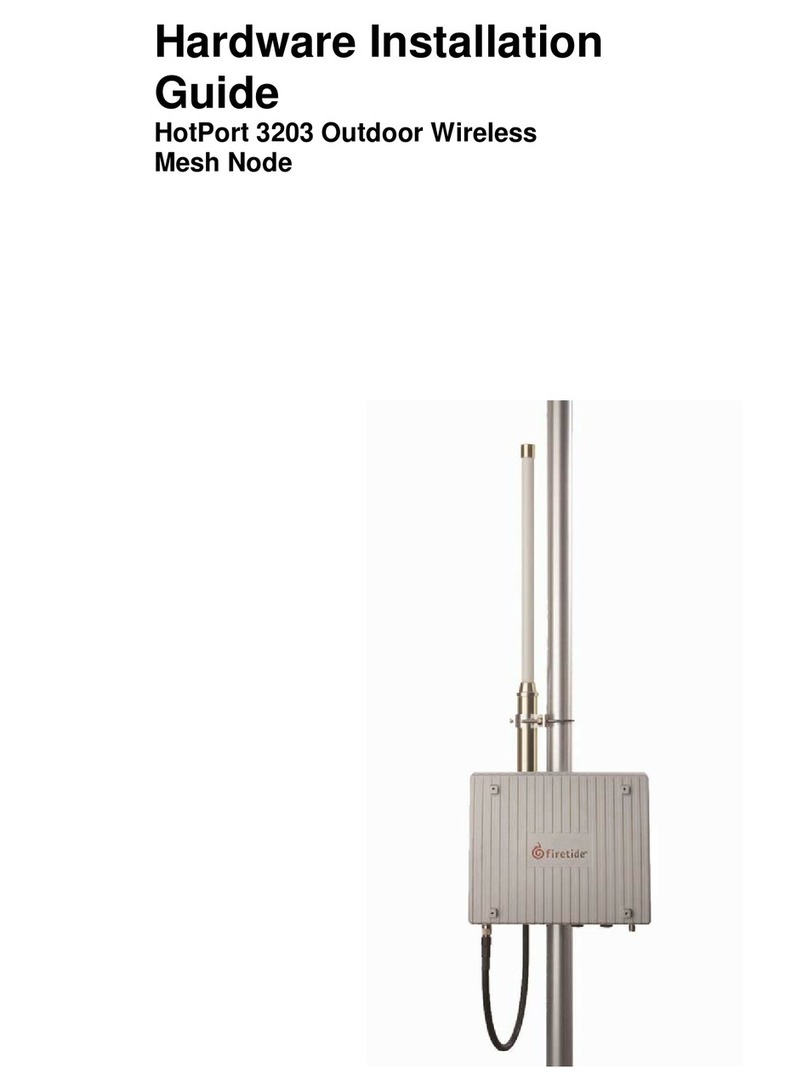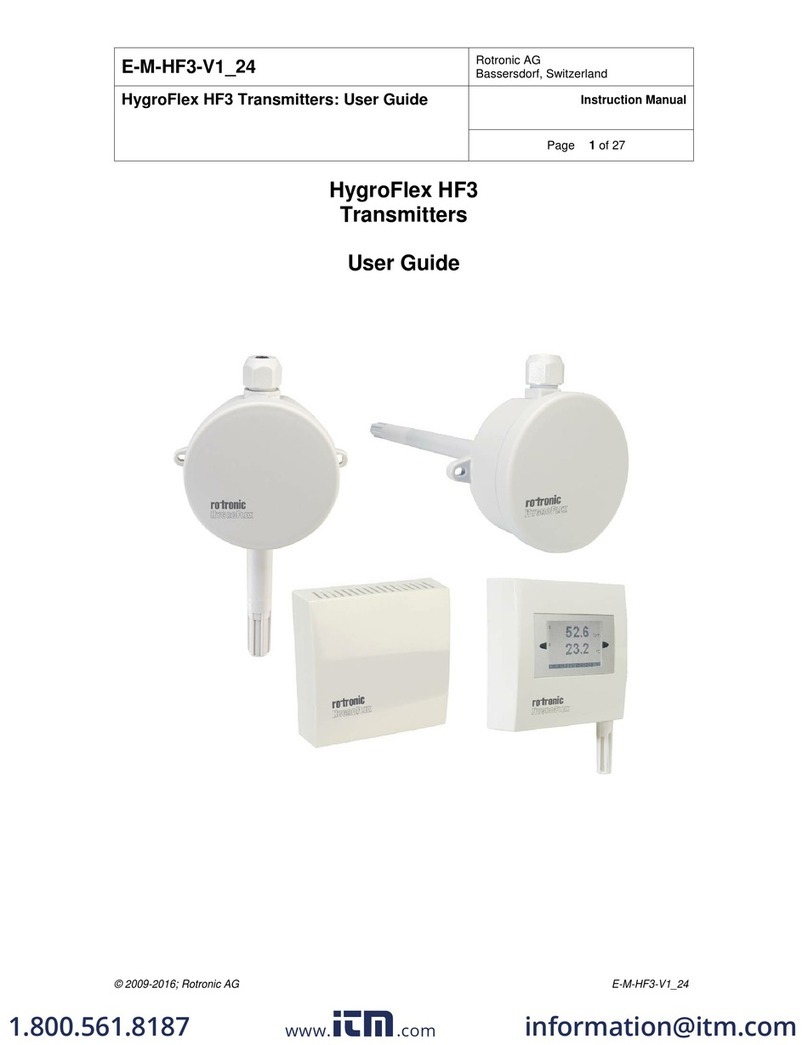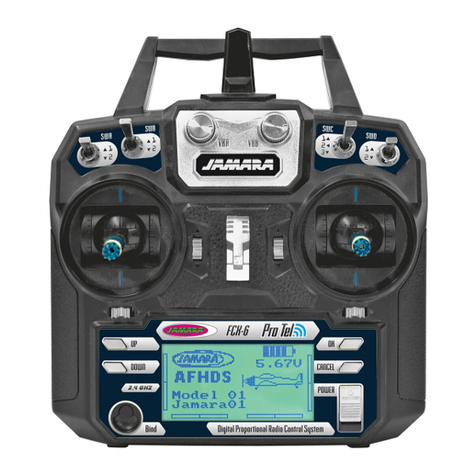Emerson Rosemount 644 User manual
Other Emerson Transmitter manuals

Emerson
Emerson Rosemount 2051 User manual

Emerson
Emerson Rosemount 1152 Alphaline User manual

Emerson
Emerson Rosemount 3051S Series User manual

Emerson
Emerson Rosemount 5408 User manual
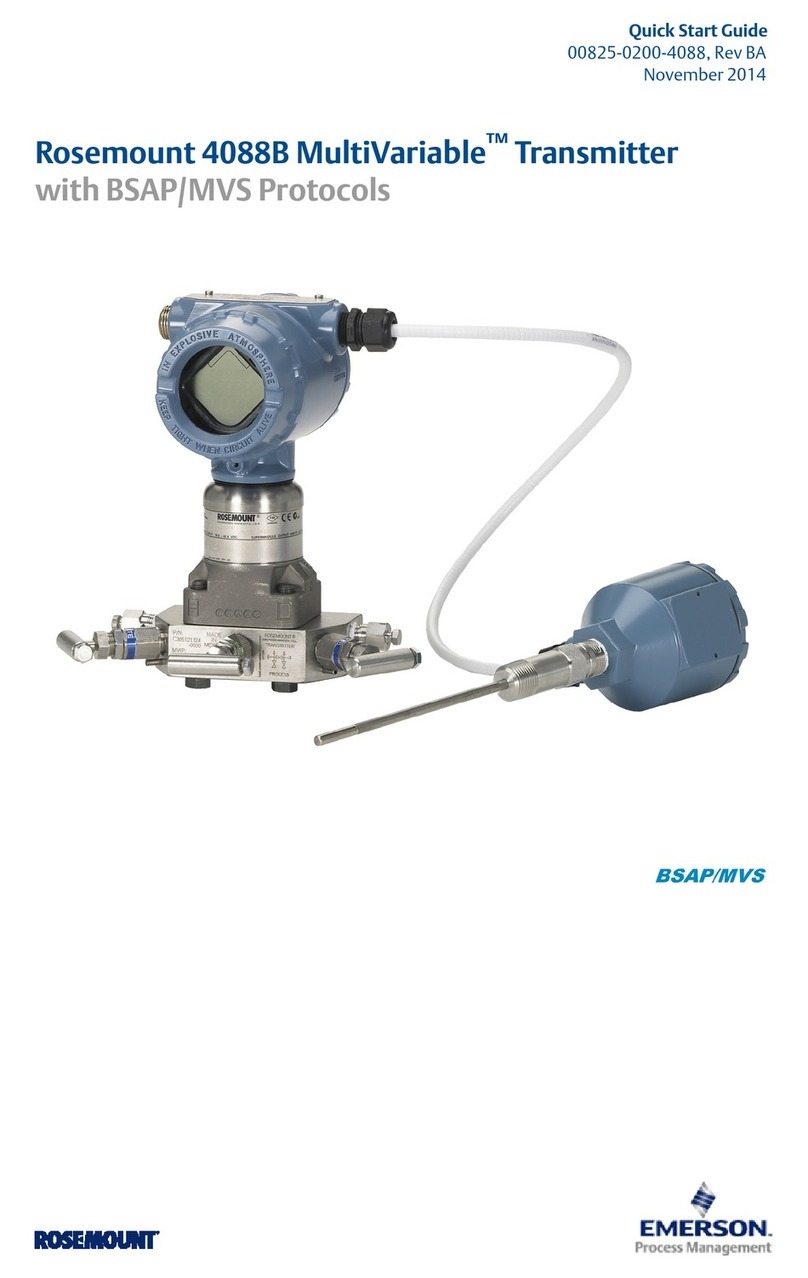
Emerson
Emerson Rosemount 4088B MultiVariable User manual
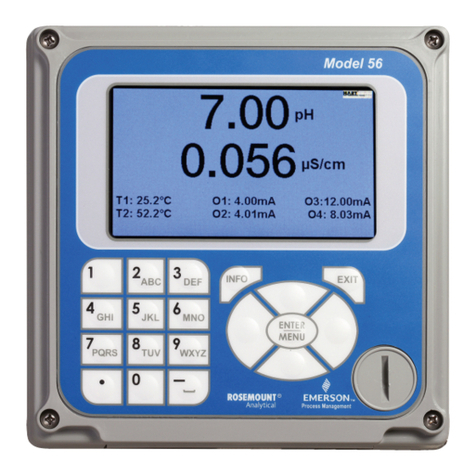
Emerson
Emerson Rosemount 56 User manual

Emerson
Emerson Oxymitter 5000 User manual

Emerson
Emerson Rosemount 2088 User manual

Emerson
Emerson Rosemount 644h User manual
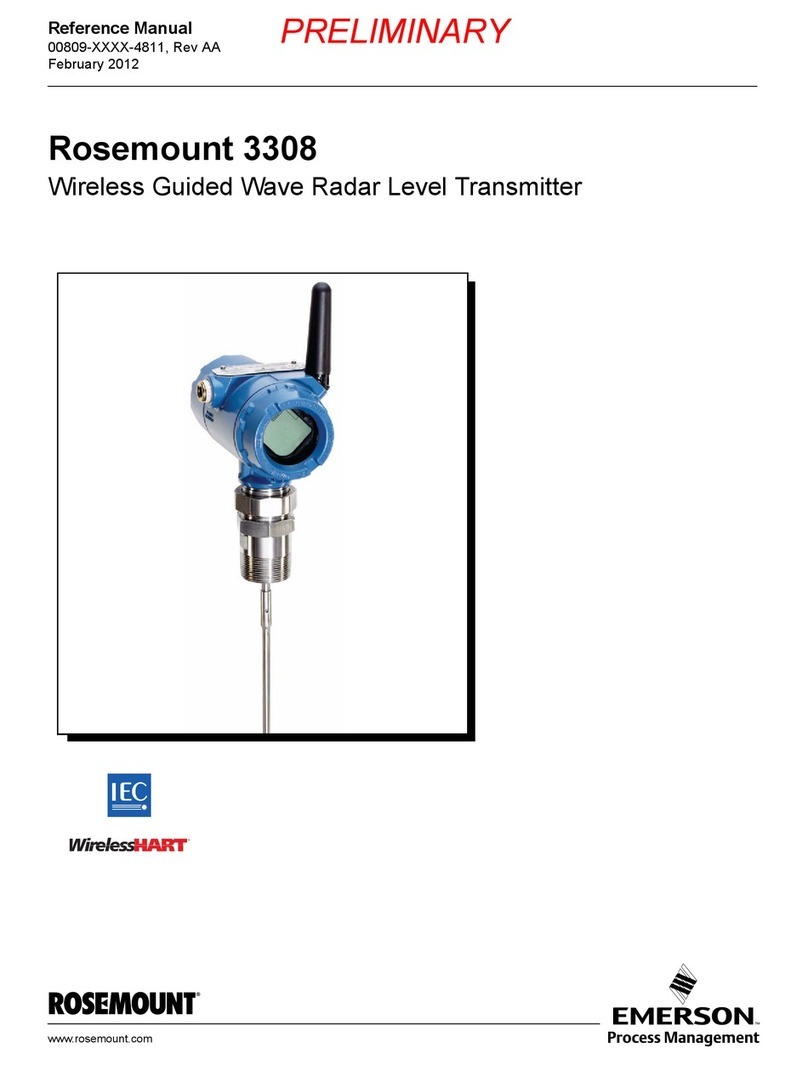
Emerson
Emerson Rosemount 3308 User manual

Emerson
Emerson Rosemount 644h User manual
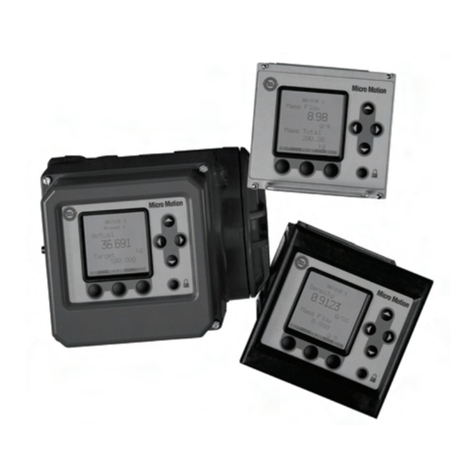
Emerson
Emerson Micro Motion Transmitters and Discrete Controllers Series... Operational manual
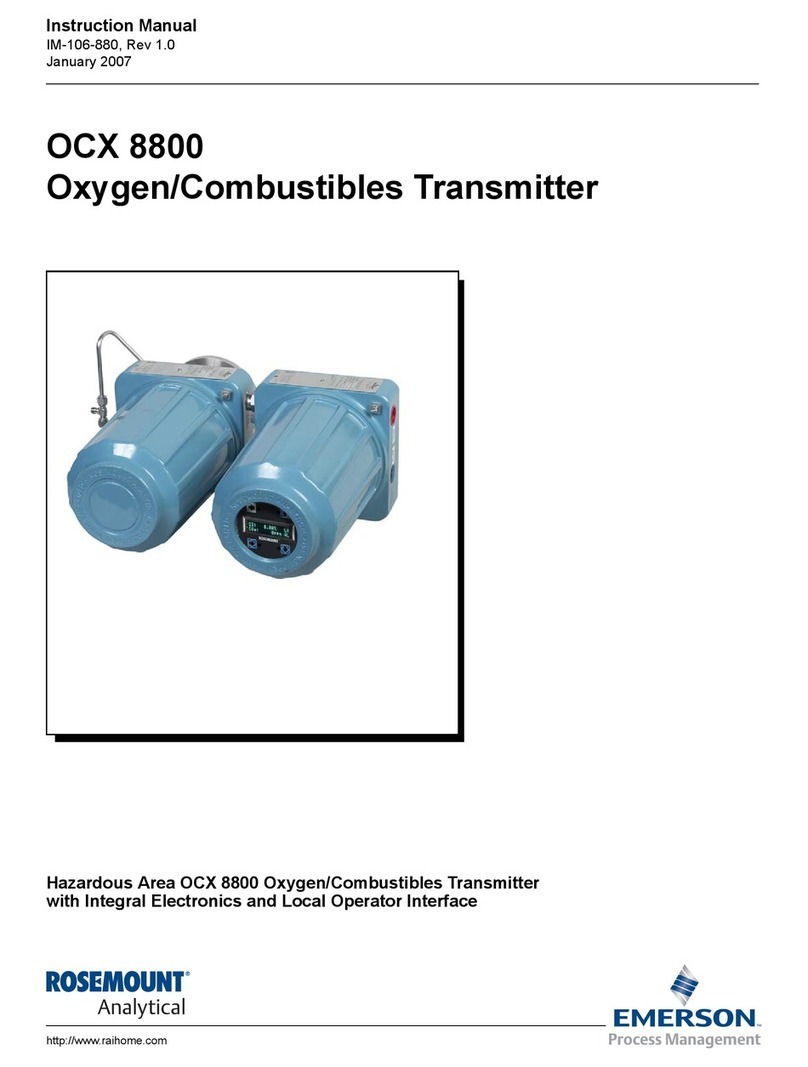
Emerson
Emerson Rosemount OCX 8800 User manual

Emerson
Emerson Rosemount 3051 User manual
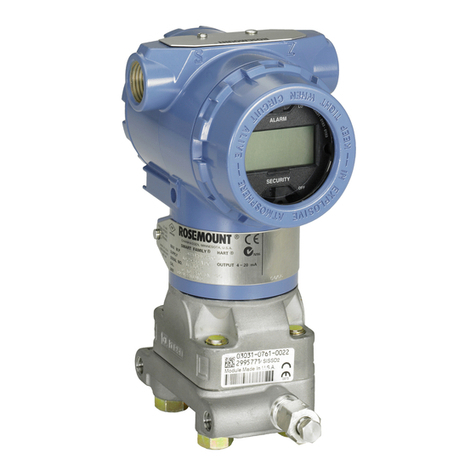
Emerson
Emerson Rosemount 3051 User manual

Emerson
Emerson Rosemount 2051 User manual

Emerson
Emerson Rosemount 4600 User manual
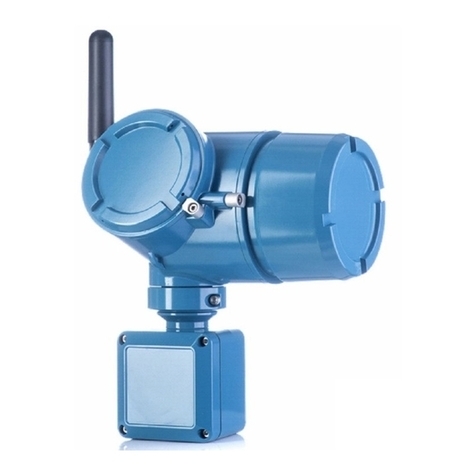
Emerson
Emerson wirelessHART Rosemount Series User manual

Emerson
Emerson Rosemount 644 User manual

Emerson
Emerson Rosemount 550PT User manual
Popular Transmitter manuals by other brands
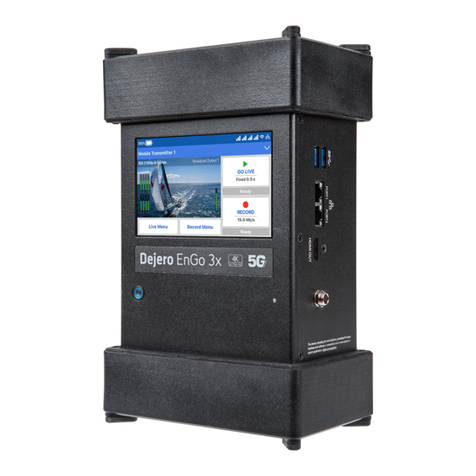
Dejero
Dejero EnGo 3x manual

Rosemount
Rosemount 4600 Reference manual

Speaka Professional
Speaka Professional 2342740 operating instructions

trubomat
trubomat GAB 1000 instruction manual

Teledyne Analytical Instruments
Teledyne Analytical Instruments LXT-380 instructions
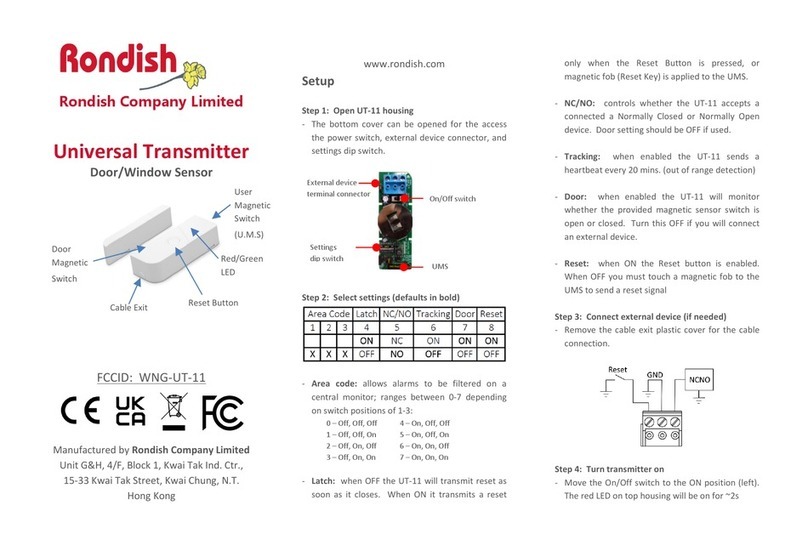
Rondish
Rondish UT-11 quick start guide

